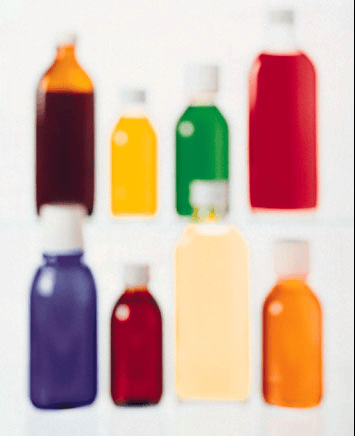Air pollution
What can be done to reduce health impacts of air pollution? Is an air purifer the only solution?
6 min read
Italy has some of the worst air pollution in Europe. Everyday chemicals are dumped into our environment by factories, vehicle exhaust, and farm agriculture. These go into the air, water and food that we consume. Natural sources such as pollen allergens can also 'pollute' our air for allergy sufferers. Medical research is finding that these environmental chemicals contribute to respiratory, cardiovascular, and autoimmune diseases, cancer, and reduced cognitive performance. The quality of the air we breathe is important as toxins going through our lungs have a direct pathway to the blood, as opposed to the digestion of water and food that enter the liver first.
Choose a living location with clean air (not possible for many)
General factors:
Avoid communities near the pollution sources.
Live near trees/forest.
Terrain: avoid basins. Inversions over valleys are stronger because colder air drains to their bottom (explained below).
Street and building geometries (explained at the end of this blog post).
Climate: be aware of the following climate factors.
- typical conditions for a winter inversion are clear skies and calm winds. Cold ground in the winter (long nights, low temperatures) creates an inversion layer on the ground, trapping pollution near the ground. Normally the ground is warmer than higher up in the troposphere.
- long times between wind and rain events, which would otherwise sweep away the pollution;
- higher humidity, as water molecules attached to pollutants make them heavier.
- Note: droughts can impact air quality due to its impact on plantsTo research climate factors such as wind speed, humidity, cloud cover, etc, I currently use this website: https://weatherspark.com/
Start researching! It is important to get readings for "PM 2.5", which means Particulate Matter 2.5 micrometres, as smaller particles can do the most harm to health by getting into deeper parts of the lungs. I visited air quality websites regularly - even tracking over multiple seasons of the year. I didn't rely on just the one website -- I compared pollution readings between the websites. Make comparisons with other known locations with levels that are acceptable to you, but also trial the area as different pollutants may impact your health differently.
https://aqicn.org
https://www.iqair.com (has Pollen Count too!)
https://www.breezometer.com/air-quality-map/
https://www.eea.europa.eu/themes/air/urban-air-quality/european-city-air-quality-viewer
Invest in air purifier(s) with a HEPA filter and also a carbon filter
There are many choices of air purifiers on the market, and much depends on your budget, room sizes, space requirements, noise requirements, and desired technological features like WiFi connectivity and in-built air quality sensor. Particularly for pollen, consider also investing in pollen filters for your car.
HEPA filters dramatically improve the functioning of an air purifier over a non-HEPA filter (see this study. HEPA = High-Efficiency Particulate Air). True HEPA filters are excellent for solid particles like PM 2.5, but carbon/deodorisation filters are good for removing gaseous molecules like Volatile Organic Compounds (VOCs) (see this VOC overview).
Example. For the past 6 years I've used a South Korean brand WINIX, ZERO Pro model, with both HEPA filter and activated carbon filter. It was within my mid-line budget (several hundred dollars), the replacement filters are affordable (and the pre Fine Mesh filter is washable), and the size can cover multiple rooms. It survived the Australian bush fires in 2019/20 and now with me in Europe for PM 2.5 pollution.
If the outdoor air is polluted in the evening, I run my air purifier during the whole night on Medium setting in my bedroom - it took a few nights to get used to it - and with a window open in another room and bedroom door open, I feel refreshed when I wake up in the morning. As someone who has an autoimmune disease I can otherwise feel the impacts of high air pollution within 1 night.
Air purifier for pollen....? Perhaps IQAir HealthPro. Pollen is a heavier allergen and quicker to settle to the ground.
Take other measures
Regulate when you have your windows open or closed. Open the windows when it is low pollution - typically afternoon, especially for a sunny day, but it is essential to check the levels.
<- smell the air - do you notice a difference? or is there an orange haze from PM 2.5 over the city?
<- check air quality websites (see above),
<- get air quality App (eg. Plume Labs), or
<- buy a meter for your home (eg. AirThings View Pollution Meter).
Likewise, keep windows closed during peak pollution times.
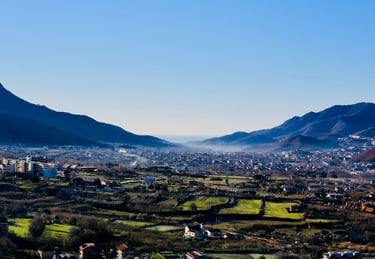

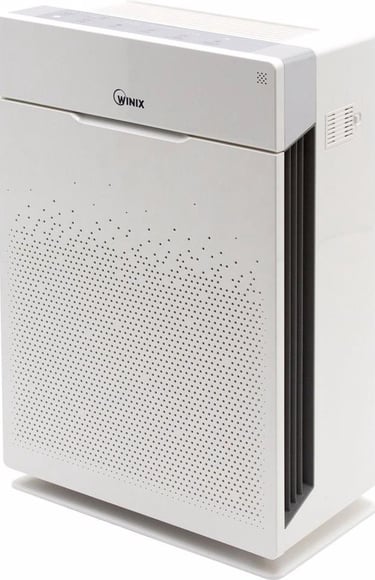

Take opportunity to do deep breathing exercises during low pollution times. This is even better when you are vacationing at the seaside or mountains.
Delay outdoor exercise like running or cycling when levels are high, otherwise avoid the highly trafficked streets.
A note about building and street geometries.......
There are many research papers coming out of China about the effects of the building and street parameters on the air pollution concentrations within. The studies are typically focussed on street canyons (= streets with tall buildings on either side) and high aspect ratio's (AR = building height : street width), but broader analysis can be found in some of these papers. Here are a few technical notes; definitely good to ask an expert architect or engineer further information.
Which part of the building is better:
- Living at roof-level or courtyard side, rather than ground-level street side is better when high AR.
- Wind direction: windward side (rather than leeward side) when perpendicular & oblique winds to street canyon.
- Wind direction: upstream (rather than downstream) when parallel winds to street canyon.
- Not ground level when there is high solar radiation on ground & building facades. Temperature difference between air and surfaces create air flow, and hotter air is lighter and via buoyancy it pushes up above the colder denser air, creating windflow/mixing.
Which building geometry is better:
- Non-flat roof shapes, particularly for the wind perpendicular
- Less facades like balconies
Which street geometry is better:
- Where there are building height differences.
- Lower canyon Aspect Ratio.
- If non flat: elevated part of a two-level street - the street with the depressed road has pollutant accumulation; but not high above an elevated road (wind recirculation).
- Certain porous structures in street. Airflow is better with leafy tall trees, ideally height of the building. For taller buildings: generally trees will make ground level worse, except apparently hedges in the middle of the road (better with both hedges & trees).
- Alignment between streets and prevailing winds - and pollution is lower on windward side of a building.
What can be done? Reducing pollution is a complex societal matter, however there are a number of approaches we can take to reduce the impacts of the pollutants on our health in the meantime.
Reduce indoor air pollution by having good kitchen ventilation, particularly where there are gas stoves.
Tackle mould in the home if it is present, as it can be highly damaging to health (worse than outside air pollution).
Indoor plants - look into Aloe vera, Peace lily, Ivy, Spider plant. These are for chemical pollution, not pollen.
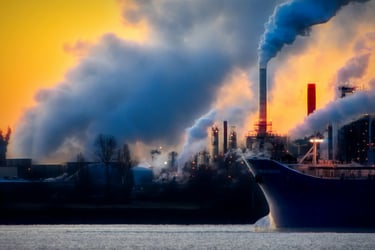



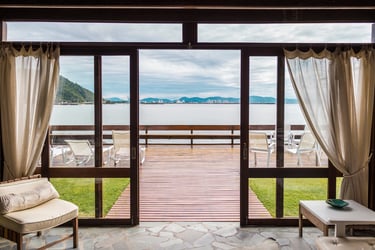

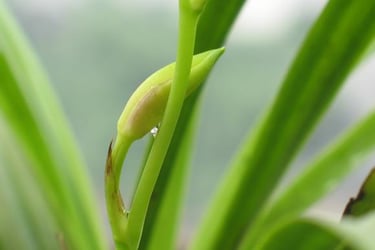

Try an Essential oils diffuser with Thyme. Essential oils also worth trying are anise/fennel (transanethole), basil (estragole), clove bud (eugenol), ylang ylang (iseugenol). These are for chemical pollution, not pollen. Don't use in the same room as an air purifier.
Extra hygiene -
Vacuum often, wash sheets regularly, and wipe mildew from surfaces.
Shower when returning home.
Wash clothes when levels have been "Very High".
Wear N95 mask when levels are "Very High"
Folk remedies to clean the air, eg. salt lamp, beeswax candles, bowls of vinegar or charcoal.
Nasal steam with eucalyptus oil, particularly if you get sinus problems. Check with an aromatherapy expert.
Diet/supplements - ask your practitioner about omega3, vitamin C, other antioxidants, detox foods like ginger.


